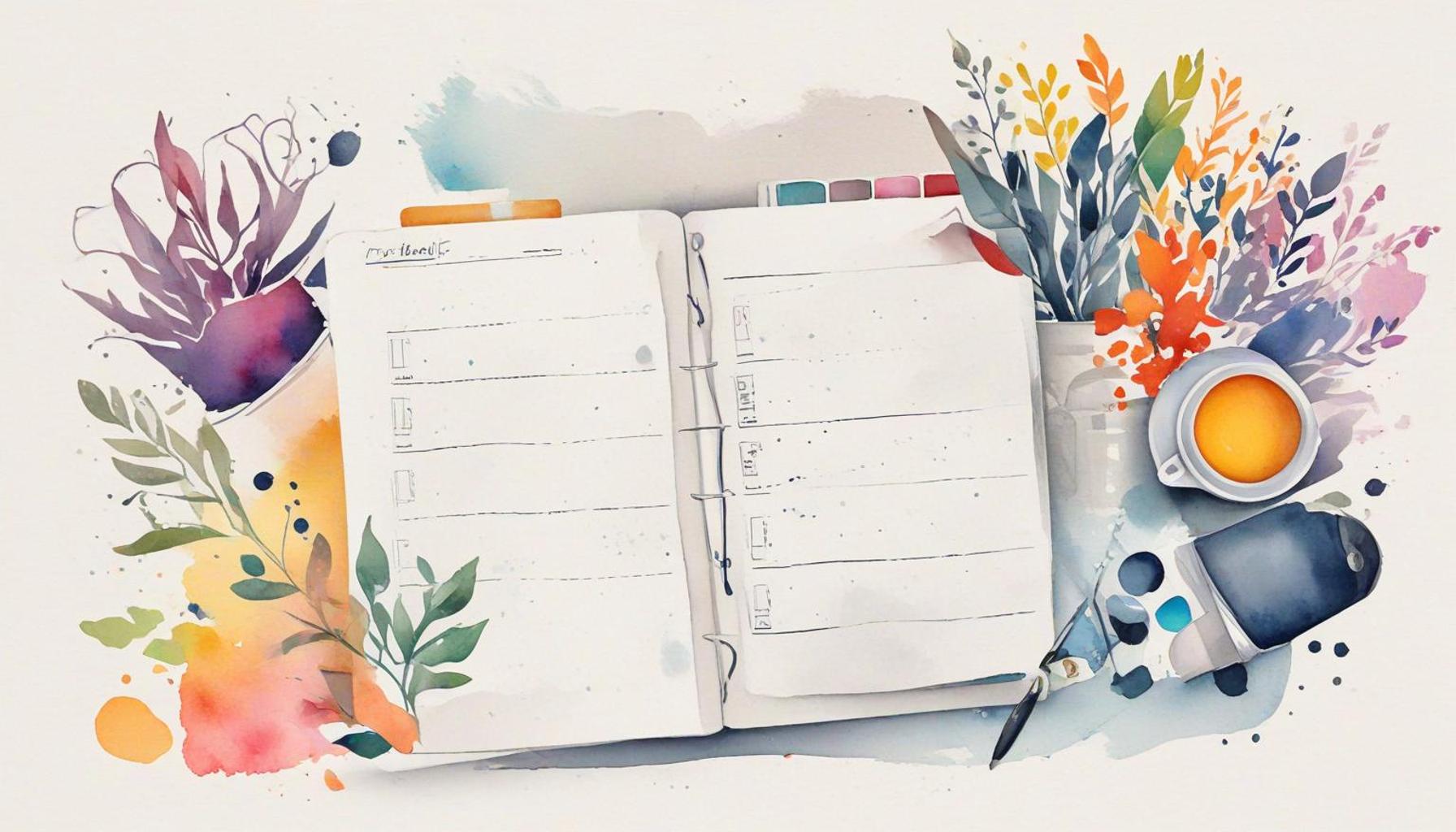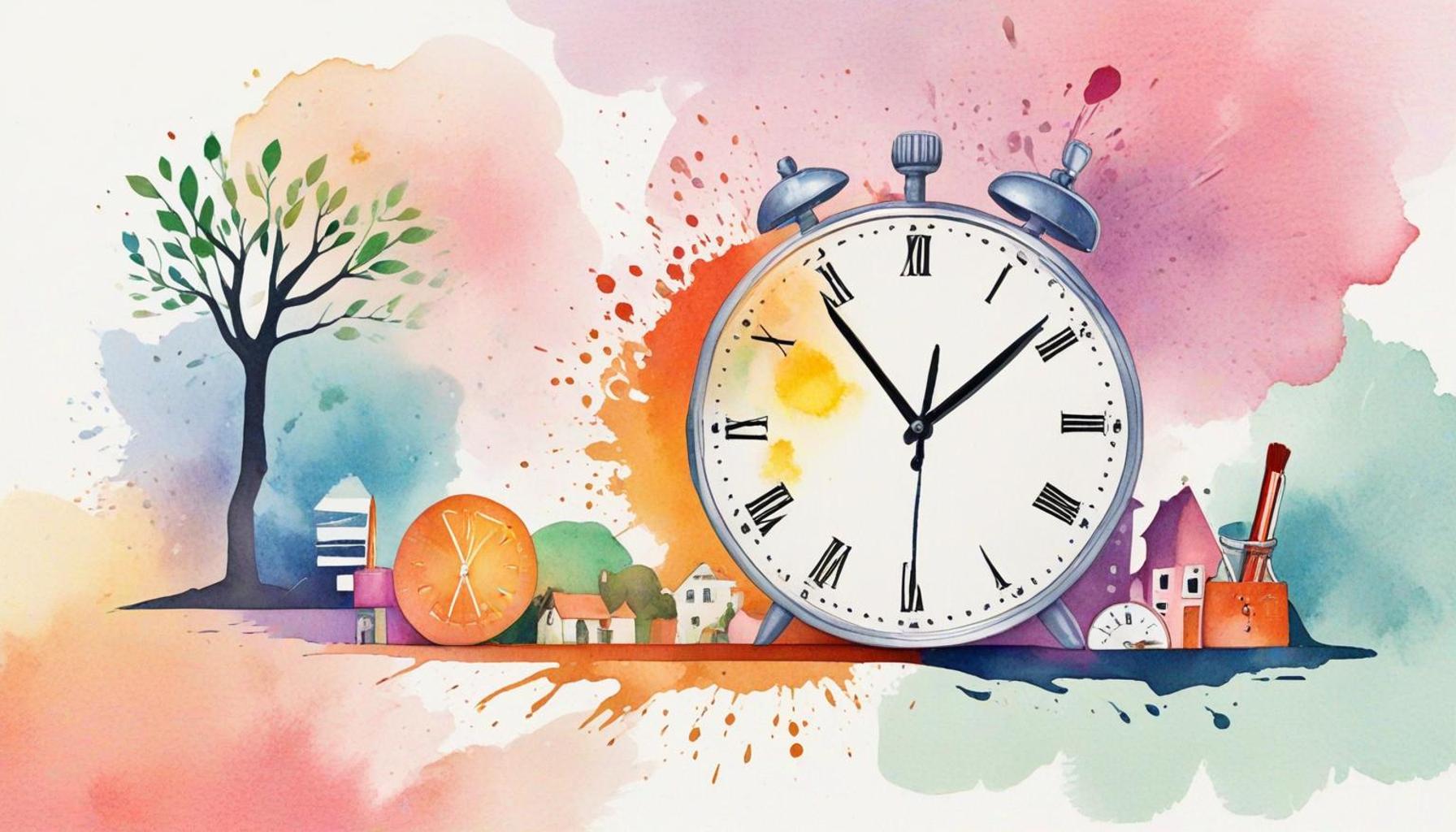Minimalist Personal Organization Strategies to Boost Productivity

Introduction
In a world increasingly cluttered by distractions and overwhelming to-do lists, the principles of minimalism offer a refreshing perspective on personal organization. By simplifying our surroundings and focusing on what truly matters, we can pave the way for enhanced productivity and efficiency. This approach not only helps declutter our physical space but also cultivates a clearer mindset, making it easier to prioritize tasks.
Understanding minimalism in the context of personal organization can lead to significant improvements in how we manage our daily lives. Research suggests that a more organized environment correlates with heightened focus and decision-making capabilities. By embracing minimalist strategies, we can eliminate unnecessary stress and regain control over our time and commitments.
To get you started on this transformative journey, we’ve compiled a Top 5 list of effective minimalist personal organization strategies. These practical tips will help you streamline your workflow and maximize your productivity. Let’s dive into these strategies that can reshape your daily habits and lead to a more fulfilling, organized life.
DIVE DEEPER: Click here to uncover practical strategies
Top 5 Minimalist Personal Organization Strategies to Maximize Your Productivity
In an era where distractions abound and clutter can pervade both our physical and mental spaces, embracing a minimalist approach offers a refreshing pathway to enhanced productivity. Minimalism is not merely about getting rid of things; it’s about making room for what truly matters, thereby elevating focus and efficiency. This article delves into the top five minimalist strategies that can significantly boost your productivity. Let’s explore how these methods can transform your daily routine and optimize your workflow.

5. The Power of a Daily Routine
Routines may seem mundane, but they are the backbone of a well-organized life. A consistent daily routine sets a rhythm to your day, streamlining processes and reducing the burden of constant decision-making, commonly known as decision fatigue. Here’s a deeper look into structuring an effective daily routine:
- Identify peak productivity hours: Biology plays a crucial role in our ability to focus. Some individuals are morning people, bursting with energy right after waking up. Others may find that their cognitive abilities peak in the afternoon. By aligning your most demanding tasks with these peak times, you leverage your natural body rhythms, enhancing productivity.
- Incorporate breaks: Continuous work without breaks can lead to burnout. The Pomodoro Technique is a widely acclaimed method where you work intensely for 25 minutes and then take a short 5-minute break. This cycle helps maintain mental sharpness without exhausting your cognitive resources.
- Limit distractions: In today’s digital age, constant notifications can derail even the most focused person. During designated work periods, consider using “Do Not Disturb” settings or applications to block notifications, allowing you to immerse fully in your tasks without interruption.
Overall, a structured daily routine aligns your activities with your goals, ensuring that you remain productive and focused on what truly matters.
4. Declutter Your Workspace
Physical surroundings have a profound impact on mental clarity. A cluttered workspace often mirrors a cluttered mind, leading to reduced concentration and increased stress. Decluttering is not just about tidiness; it’s about creating an environment that fosters productivity and creativity. Here’s how to effectively declutter your environment:
- Start small: Tackling decluttering can be overwhelming if approached all at once. Begin with smaller spaces—perhaps a desk drawer or a single shelf—and gradually expand to larger areas. This manageable approach prevents burnout and maintains motivation.
- Keep essentials only: Every item should have a purpose. For items that don’t contribute to your work or personal satisfaction, consider donating or recycling them. This step not only simplifies your environment but also aligns with minimalist principles of intentionality and sustainability.
- Adopt an organizational system: Use organizing tools like trays, folders, and labels. These help in categorizing items and prevent clutter from reaccumulating. Regularly reassess these systems to ensure they continue to meet your needs.
By creating a minimalist workspace, you enhance both physical and mental space, promoting clarity and focus.
3. Embrace Digital Organization
With the increasing shift to digital platforms, managing digital clutter is as crucial as organizing physical spaces. Effective digital organization is about accessibility and efficiency, ensuring you can immediately find what you need. Consider these strategies:
- Utilize cloud storage: Services like Google Drive, Dropbox, and OneDrive provide a centralized location for documents, reducing the need for excessive local storage. This makes sharing files easier and provides remote access from any device.
- Limit apps and software: With a plethora of productivity tools available, it’s easy to fall into the trap of using too many applications, which can actually hamper efficiency. Identify a core set of tools that genuinely enhance your workflow and stick to them.
- Regularly audit your digital workspace: Just as physical decluttering is necessary, digital spaces require regular cleaning. Schedule periodic audits to remove unnecessary files, outdated documents, and redundant software to keep your digital environment efficient and organized.
Incorporating these digital organizational strategies can streamline your work processes, ensuring that important digital resources are readily available, thus boosting productivity.
2. The Minimalist To-Do List
Traditional to-do lists can quickly become overwhelming and counterproductive. A minimalist approach strips away the excess, focusing purely on what requires immediate attention. Here’s how to craft a compelling minimalist to-do list:
- Limit tasks: Overloading your list with tasks can lead to frustration and burnout. By setting a daily goal of only 3-5 crucial tasks, you focus on what directly contributes to your overall goals, thus maintaining clarity and purpose.
- Be specific: Ambiguity in task descriptions can cause confusion. Break down tasks into specific actions. For example, instead of “Work on project,” specify “Draft the introduction and conclusion of the project report.”
- Review and adjust: Take time at the end of each day to reflect on completed tasks and assess what remains. This reflection helps you to recalibrate your priorities, ensuring you start the next day with purpose and clarity.
The minimalist to-do list is a powerful tool for maximizing focus, reducing stress, and maintaining a clear path toward achieving your objectives.
1. Adopt the “One In, One Out” Rule
The “One In, One Out” rule is the hallmark of minimalist living, applicable to both physical possessions and time commitments. This strategy helps maintain balance and prevents the re-accumulation of clutter. Here’s how to implement it effectively:
Whenever you acquire a new item—be it clothing, gadgets, or even commitments—make a concerted effort to remove something already in your possession. This rule not only applies to physical items but also to digital content and commitments. If you take on a new project, consider whether an existing project can be completed or delegated.
By adopting the “One In, One Out” principle, you continually refine your environment and obligations, ensuring that you retain only what truly enhances your life and contributes to your goals. This balance is critical in fostering ongoing productivity and personal satisfaction.
Overall, by integrating these minimalist strategies into your life, you promote an organized, focused, and productive lifestyle. Dive deeper into these methods to uncover their full potential and adapt them to fit your individual needs, ultimately transforming not just your workflow but your entire approach to daily life.
| Category | Key Features |
|---|---|
| Time Management | Prioritization of Tasks allows individuals to focus on what truly matters, enhancing productivity by eliminating time wasted on less critical activities. |
| Decluttering | Simplifying the Workspace leads to clearer thinking, helping to reduce distractions and enabling a more focused environment conducive to productivity. |
| Routine Development | Establishing Daily Routines fosters a sense of normality and predictability, enhancing focus and stability within daily activities. |
| Goal Setting | SMART Goals (Specific, Measurable, Achievable, Relevant, Time-bound) provide clarity and direction, making it easier to assess progress and stay motivated throughout the process. |
In exploring the minimalistic approach to personal organization, one must recognize the profound impact of effective time management. By diligently applying the principle of prioritization, individuals can sift through various tasks, focusing on those that yield the highest returns. This technique not only streamlines daily routines but also elevates one’s sense of accomplishment. Studies reveal that individuals who adopt structured methods in their dealings often see a dramatic reduction in stress levels and time fatigue. Moreover, the practice of decluttering an environment can redefine productivity. A cluttered workspace is often a reflection of a cluttered mind. By removing unnecessary items and distractions, one creates an arena where creative thinking can flourish. Engaging in regular decluttering rituals contributes to sustained focus and a clearer thought process, underscoring the connection between our surroundings and our mental clarity.The development of routines is another pillar of minimalistic organization. Establishing daily habits can significantly bolster an individual’s ability to concentrate. When one establishes a consistent routine, there is less time wasted on decision-making, allowing for a greater allocation of mental resources towards accomplishing tasks. The psychological benefits of routine are well-documented, showing links to enhanced productivity and reduced anxiety.Goal setting aligns closely with these strategies, serving as a powerful tool for maintaining motivation. By implementing SMART criteria, individuals can create achievable and relevant objectives that provide a clear path forward. This methodology not only fosters accountability but also facilitates the identification of progress, encouraging continual growth and enhancement in productivity levels.Through the embrace of these minimalistic strategies—time management, decluttering, routine development, and goal setting—individuals can leverage their potential, paving the way for maximized productivity and a more fulfilling personal and professional life.
DISCOVER: Click here for inspiring ideas
Frequently Asked Questions about Minimalist Personal Organization Strategies
What are the core principles of minimalist personal organization?
The core principles of minimalist personal organization include reducing clutter, prioritizing tasks, and streamlining daily routines. By focusing on what truly matters, individuals can free up mental and physical space to enhance productivity. It’s about embracing the idea that less is more and taking deliberate actions to foster clarity and concentration.
How can minimalist strategies improve productivity?
Minimalist strategies improve productivity by eliminating unnecessary distractions, allowing individuals to focus more effectively on essential tasks. With fewer items and commitments vying for attention, the mind can work more efficiently, leading to increased motivation and better time management. This approach encourages setting clear goals and prioritizing tasks based on their importance.
Is it challenging to adopt a minimalist approach to personal organization?
Adopting a minimalist approach requires a mindset shift and commitment, which can initially seem challenging. However, starting small and gradually incorporating minimalist strategies into daily life can ease the transition. Remember that the goal is to simplify rather than create stress. Focusing on tangible benefits, like improved productivity and reduced stress levels, can motivate sustained change.
What are some effective tools to implement minimalist organization strategies?
Various digital tools can assist in implementing minimalist organization strategies. Apps like Todoist, Google Keep, and Evernote help manage tasks and declutter digital spaces. Additionally, using a simple calendar and to-do list system can keep track of priorities. Choosing tools that suit an individual’s lifestyle is key to maximizing their effectiveness.
DIVE DEEPER: Click here for expert wardrobe tips
Conclusion: The Power of Minimalist Personal Organization
In the fast-paced world we live in today, finding effective ways to boost productivity has become more crucial than ever. Embracing minimalist personal organization strategies emerges as a potent solution, designed to streamline processes and declutter both physical and mental spaces. Throughout this article, we have explored several key strategies that underscore the beauty of minimalism in enhancing efficiency.
The first approach emphasizes the significance of decluttering your physical environment. By reducing excess and keeping only essentials, you create a space that fosters focus and reduces distractions. Next, we examined the value of prioritizing tasks. Understanding what truly matters allows you to channel your energy into activities that yield the highest returns. Another pivotal strategy involves simplifying your schedule. By eliminating non-essential commitments, you open up time for more meaningful pursuits, fostering a sense of balance.
Furthermore, we discussed the benefits of adopting digital minimalism. Limiting digital distractions and organizing online tools creates a more organized workspace. Lastly, the practice of mindfulness was highlighted as a way to remain present and focused, nurturing both clarity and purpose.
These strategies coalesce to offer a powerful framework for improving productivity and quality of life. As we navigate ever-evolving demands, understanding and implementing minimalist organization tactics not only optimizes our efficiency but also brings a renewed sense of control and tranquility. It beckons readers to explore these concepts further, integrating them into daily routines and discovering the profound impact of a minimalist lifestyle. By doing so, we not only enhance our personal productivity but also cultivate spaces and an inner world that truly reflect our values and aspirations.


